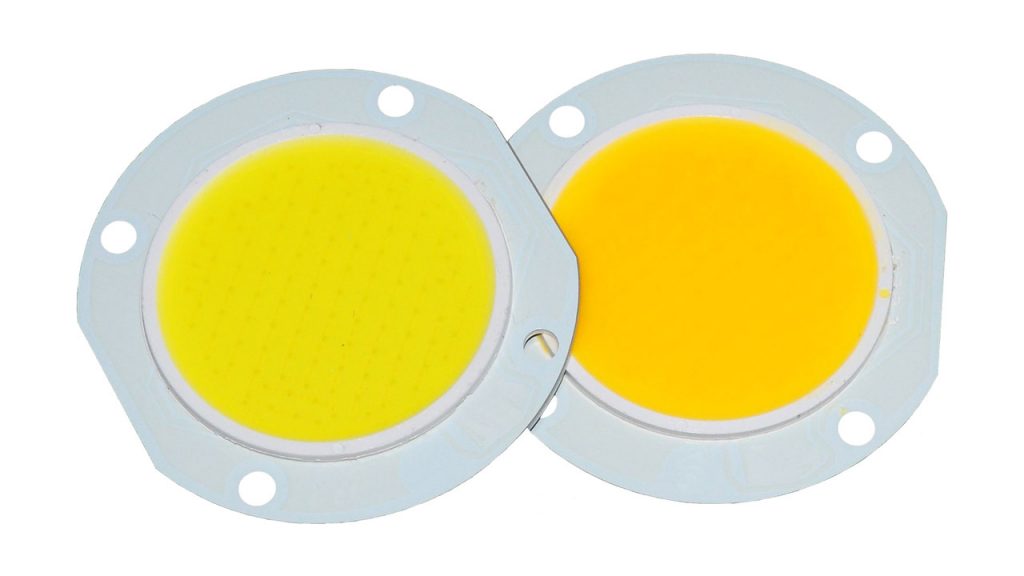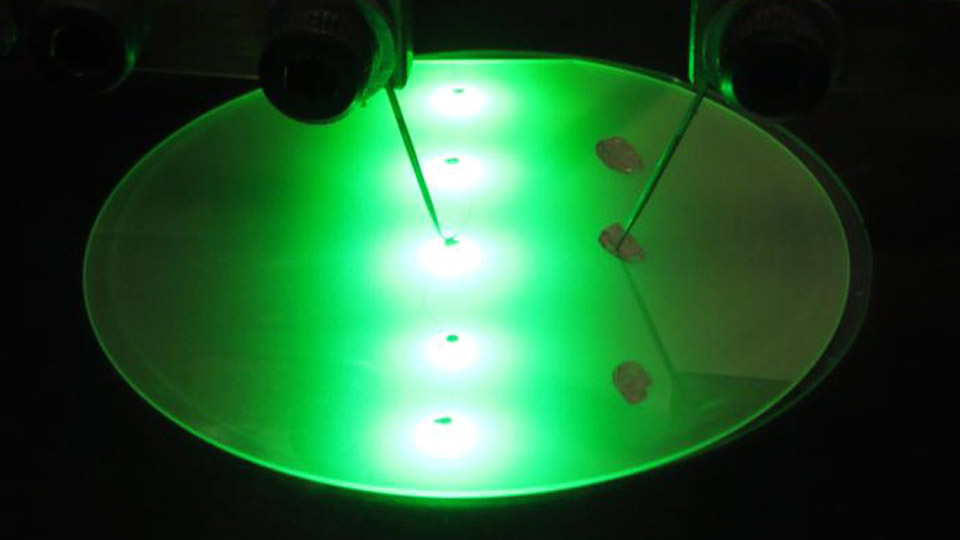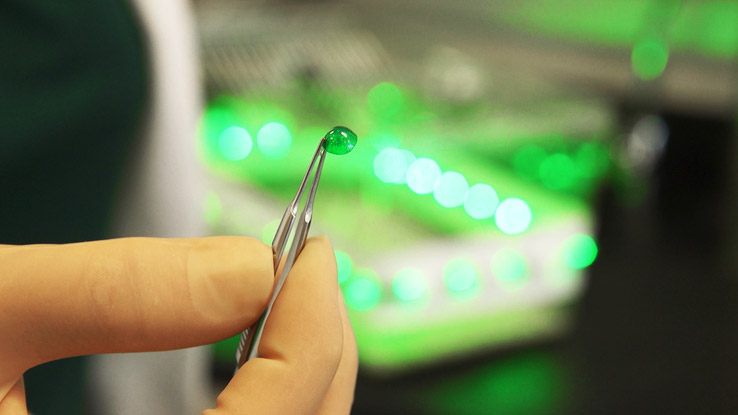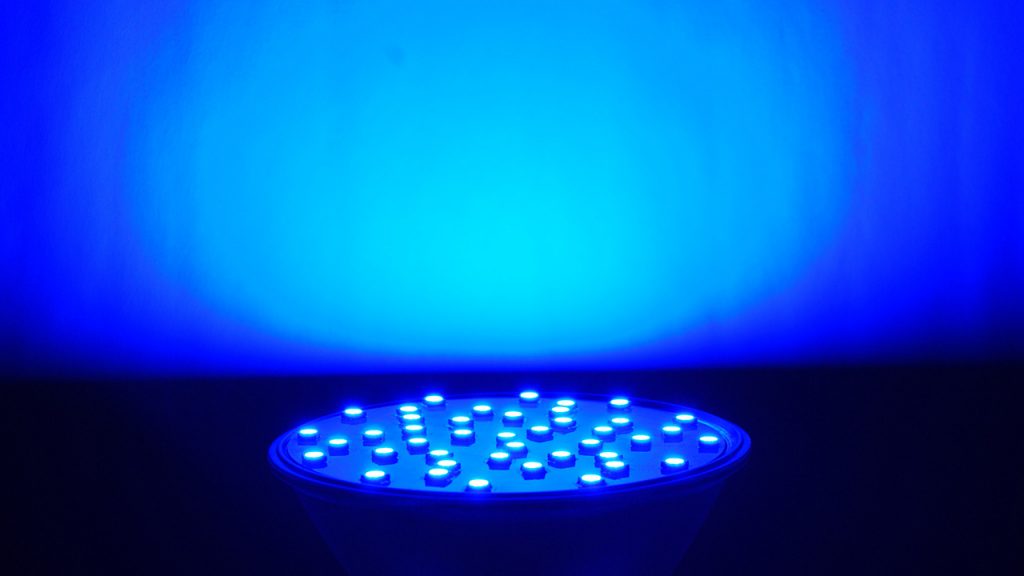New Phosphor Can Make LED Lighting More Efficient and Cheap
Researchers from KU Leuven (Belgium), the University of Strasbourg, and CNRS have discovered a new phosphor that can pave way for efficient and cheap fluorescent and LED lighting, The researchers used highly luminescent clusters of silver atoms and the porous structure of minerals called zeolites.

Researchers from KU Leuven (Belgium), the University of Strasbourg, and CNRS have discovered a new phosphor that can pave way for efficient and cheap fluorescent and LED lighting, The researchers used highly luminescent clusters of silver atoms and the porous structure of minerals called zeolites.
Silver clusters are made up of just a few silver atoms and are loaded with significant optical properties. But, since the clusters tend to cumulate into bigger particles, the existing applications become limited, which consequently leads to loss of noteworthy optical properties.
Now, there is a way to keep the silver clusters separate by putting them into the porous framework of zeolites which will result in stable silver clusters that maintain their exclusive optical properties, according to Professor Hofkens and his team from the molecular imaging and photonics unit.
What are zeolites?
These are minerals that have an extremely rigid and well-defined structure of tiny molecular-sized channels, pores, and cages. They are either found in nature or produced synthetically on an industrial unit. Zeolites are used in industrial and domestic applications like washing powder, water treatment, etc on a widespread basis.
Zeolites have sodium or potassium ions that can be used for ion exchange in order to replace such ions with silver ones. In order to obtain the desired clusters, the zeolites were heated with the silver ions, so that the silver ions self-assembled into clusters, according to Professor Maarten Roeffaers from the Centre for Surface Chemistry and Catalysis.
In partnership with Professor Peter Lievens’s Laboratory for Solid State Physics and Magnetism, the researchers observed the properties of these heat-treated ‘silver zeolites’. With the help of advanced techniques, the researchers discovered that the structural, electronic, and optical properties of the zeolites were robustly influenced by the silver clusters. This is how they discovered that the shape of the silver clusters is necessary to get the correct fluorescence properties.
New phosphor can make LED lighting more efficient and cheap
Clusters of silver atoms can assemble into different shapes, including a line or a pyramid. This pyramid shape is what we need to obtain the best fluorescence properties. Heating up the silver ions in the zeolite framework makes them accepts this shape. Since they are ‘trapped’, as it were, in the cages of the zeolites, they can only form a pyramid with up to four silver atoms. That is precisely the shape and size in which the silver cluster releases the largest amount of fluorescent light, with efficiency close to 100%, the researchers explained.
Such findings have enormous potential for the growth of next-generation fluorescent and LED lighting as well as organic imaging. In any case, the new phosphors not only produce a great amount of light, they are also economical to produce.
BizLED Magazine





